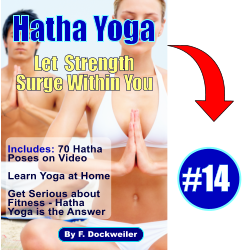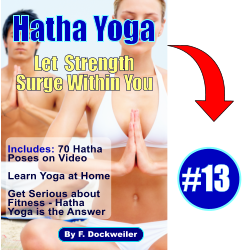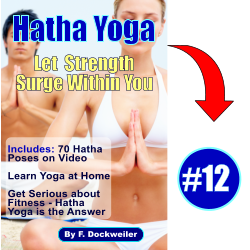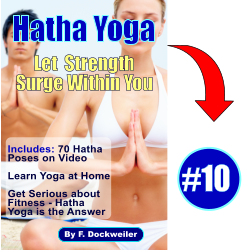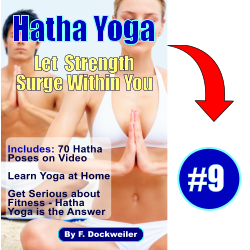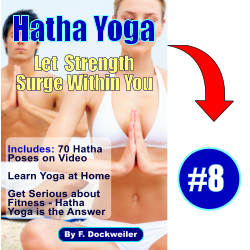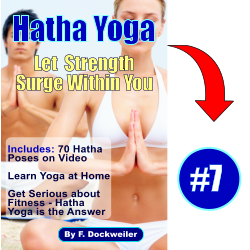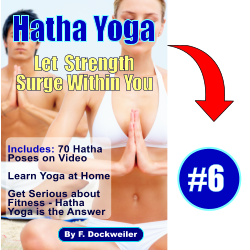Even those who are not dog lovers will surely have noticed the comforting, easy way that canines fully stretch out with their muzzles close to the ground, rebounding with a graceful sense of purpose, as shown in the level lift of their spine and neck.
In Hatha Yoga, we have the Downward Dog Pose, or Adho Mukha Svanasana in Sanskrit (adho = downward, mukha = face, svana = dog), which is the human counterpart to the pose exhibited by dogs everywhere, no matter what the breed.
Qualities of the Downward Dog Pose
Also known as Downward Facing Dog, the Downward Dog Pose is a positive acknowledgment of the egalitarian or equality principle unknowingly advocated by canines all over the world.
Whether mongrel or pure bred, dogs perform and display several key mannerisms that are unique to their kind. For example, when they are feeling warm or they lack hydration, they breathe with their mouths open and tongue hanging out. All of them wag their tails in the same way to communicate friendliness. And of course, after being curled tight or after having slept balled up, dogs do their distinctive stretch to get rid of feelings of stiffness and feeling cramped.
The key difference between an ordinary human stretch and the Downward Dog Pose of Hatha Yoga lies in the fact that the former merely attempts to set loose muscles that are tense, while the latter aims to do that, too, as well as:
- have a helpful effect on the circulatory system
- restore alertness straight out of sluggishness or weariness
- serve as a “self-diagnostic” awareness method because by stretching properly, you get to notice which part of your body feels awkward, out of place, or otherwise cramped
- encourage fast recovery of a weary body and mind, in order to stave off the arrival of a dejected spirit
It’s no wonder then, that the Downward Dog Pose is highly popular among Hatha Yoga practitioners.
Dogs are known for being highly alert beings, sensitive to changes in their environment and vigilant in responding. It is this very same vigilance and clarity of mind that is advocated by the Downward Dog Pose in Hatha Yoga.
Benefits of the Downward Dog Pose
- Mental – at least 60 seconds of doing the Downward Dog Pose can restore nearly depleted energy levels (after a physically taxing activity) to levels that are near-average for you. Fatigue can severely affect mental processes. This means that when you are tired, you simply assume the pose and wait briefly to recover your sense of alertness and keen thinking.
- Physical – balancing on the arms while stretching during the Downward Dog Pose can strengthen the upper torso, as well as remove back pain and stiffness. The risks of having brittle bones are also minimized because the pose can help maintain bone mass. The pose also promotes good circulation, keeping blood pressure in check, helping the blood to remove contaminants, and preserving the integrity of your immune system.
- Spiritual – when you are alert, you are more attuned to your spiritual nature. There is less room in your inner thoughts for doubt, and the sense of vigilance initially developed in your mind, translates to tranquility in your inner self due to feeling secure that you can handle situations as they arrive.
Video Demonstration of the Downward Dog Pose:
Safety Alert
The Downward Dog Pose is not recommended without doing prior warm-up poses, such as the Child’s Pose. If you have weak or shaky knees, or you lack proper arm coordination because of a preexisting medical condition, ask for the advice of a yoga master about the best action to take.
Next we’ll move into doing the “Upward Facing Dog Pose” but if you haven’t already gained access to the 70 plus Hatha Yoga videos that are available to you by subscribing to the MyFitnessNut.com Newsletter, you should go do it now.

